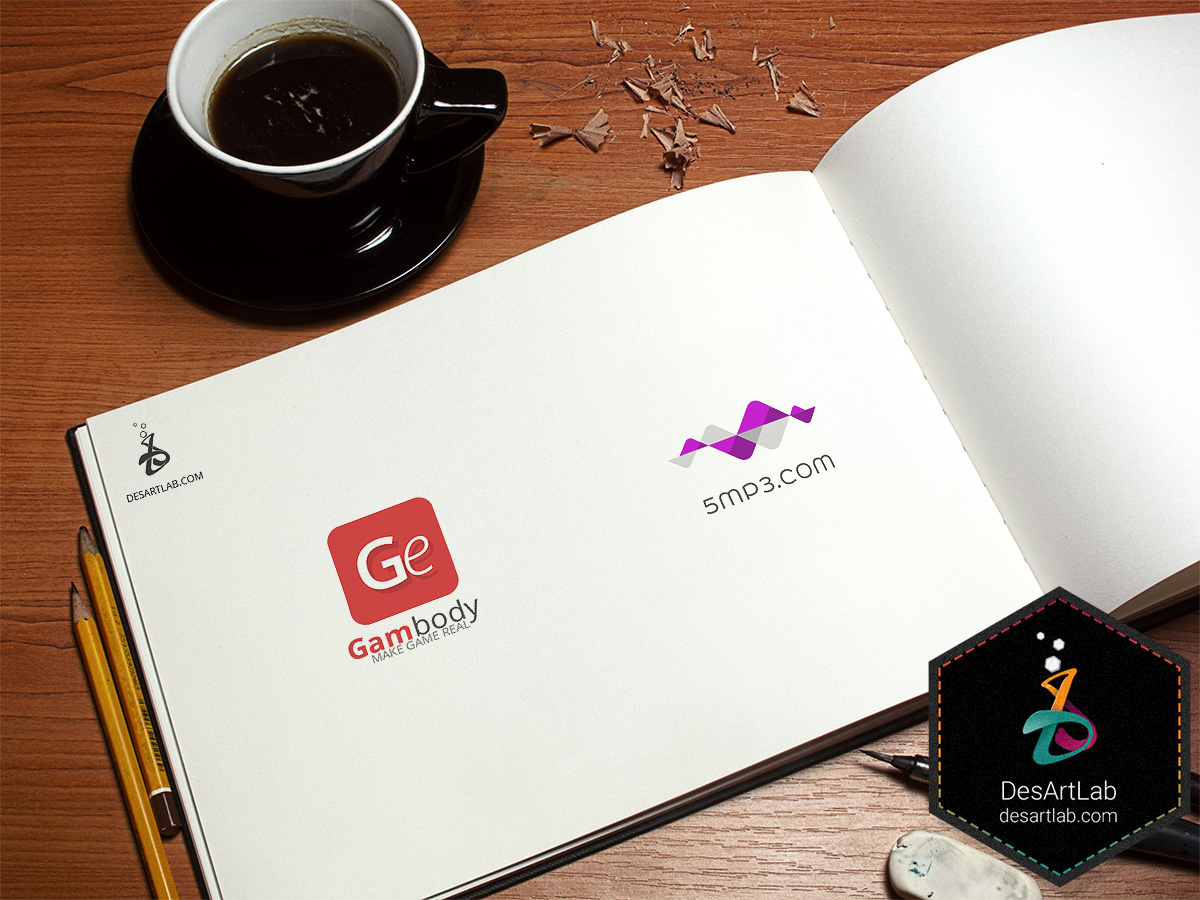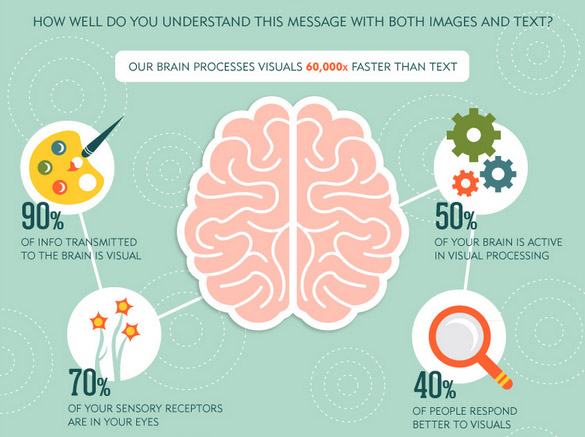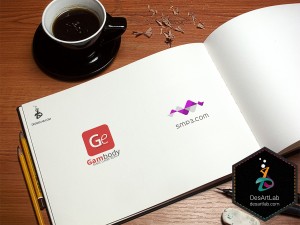
Logo design, as web design, is a difficult task that the designers deal with whenever facing such challenge. Often, companies forget about the meaning the logo must translate, focusing on dressing it into complex, sometimes worthless elements that have no relation to their business mission and culture.
Common misconceptions of logo design
There are several common misconceptions that people who are not familiar with the process tend to make.
Misconception 1. Everyone can design logo
There are online tools that let you design your own logo, without the need to ask for professional help. But, do you really want to trust the most important visual element of your business to an online tool that has been built for the masses? If you envision becoming memorable and iconic, you need to get rid of this misconception and turn to professional help. Experienced designers always aim at producing the best logo that reflects the attitude and ambition of the company.
Misconception 2. Logo design must be in trend
If you want to have a timeless logo, forget about short-run web design trends or logo design trends. What really matters is to find the design that lasts years on end and still looks modern. Trends come and go: a successful logo design connects customers at once and survives all new directions, becoming stronger every year.
Misconception 3. Logo must translate the type of activity my company carries
This is another big misconception that companies have. Take into account the logos of Nike or Apple. Not knowing what the companies’ businesses are, no one can guess that Nike’s swoosh translates for athletic shoes and apparel, and Apple’s apple – for consumer electronics. This is where memorable design lies.
Misconception 3. My business doesn’t really need a logo
If you think that your business doesn’t need a logo, you are of the opinion that appearance doesn’t matter. Logo is the ID card of your business and if you want to make it recognizable, you need one. The symbol is used in every online marketing campaigns, or on TV or billboards. People see it, associate it with your company and make a certain opinion about the organization. They also tend to use this association in the future, whenever they see the visuals of your company.
Misconception 4. My logo designers will do the job without me getting involved
It is wrong to think that once you’ve hired a team of experienced logo designers, they will do the whole job without the need for you to step in with ideas and feedback. As the company’s manager you, like nobody else, know the character and nature of the activity you carry. Your input has great impact on the way the logo designers take off on their journey to creating the logo that will yield the accounted effect.
Designing a successful logo requires a lot of research, study and expertise, and here is where professional designer skills step in.
There are several easy steps that any experienced logo designer is familiar with and follows when creating logos. However, each step presumes special knowledge and flair to get to the grips with the job. We’ve compiled a list of useful rules that you must follow when creating a logo that will stand the test of time.
5 Simple Rules of Logo Design
Brainstorm first
“The best ideas come as jokes. Make sure you’re thinking as funny as possible.” – David Ogilvy

Be enticing
Logo design doesn’t suppose collaging image and typography just to get a somewhat representative symbol of the company’s 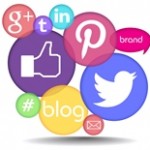
You want the logo to associate with the behavior, age, sex, expectations, views and way of thinking of the company’s target group. Once you’ve attracted a certain audience, it will be easier to get new followers, as people are trustful of the opinions and recommendations of their keens.
Be simple
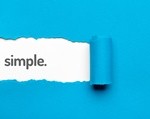
Don’t clutter the logo design with useless elements. Make it look simple, yet speaking 1,000 words. Let it shout out the message it hides and reach beyond.
“Trust is built with consistency” – Lincoln Chafee
When we talk about consistency in logo, we talk about Brand Standards Guide, which, if you want to build a long-lasting brand, must be followed. A glimpse at the iconic brands proves this rule.
Let’s take Coca-Cola as an example of consistent branding concept, which hasn’t changed too much since 1900s.
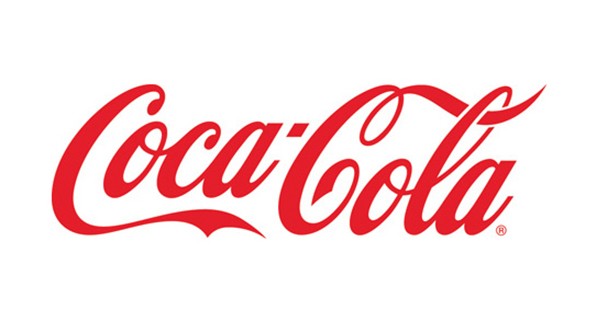
Many companies invest millions in re-branding thinking that another approach to logo design will get them the success they so much crave for.
Consistency, however, excludes any confusion that can arise in your consumers.
Be adaptable
When you design the logo for your company you need to consider the fact that there are different screen types, gadgets and printing material sizes and features. You want to ensure that the logo looks good both on desktops, mobile screens, and tablets.
Also, it is important to make the logo easily identifiable when printed in monochrome color or black and white only.
The infographic below illustrates the core rules into getting your hands on a great logo design.
Credits to Entrepreneur.com
As seen in the infographic, some of the world’s most popular brands have simple, yet catchy logos. Uniqueness, novelty, consistency in color and typography are several of the features that make a logo design great.
Also, pay attention to shape psychology, which has its own facets into logo design’s hidden meaning.
Read this: How Colors Can Impact Website Success
DesArt Lab is known for providing customized logo design services that will make your company recognizable among others, regardless of the items you use the logo on: business cards, billboards, brochures, leaflets, pens and notebooks, and etc.
Logos Design and Brain Associations
The human brain perceives, retains and processes visual elements much faster than text. That’s why there is an entire science on how the brain sees a logo.
Humans tend to experience life in the visual element. Many will state that they can remember the way a certain person was dressed and looked, rather than his/her name or even the topic of the conversation.
The association our brain forms in relation to a specific brand relies on our preferences. Often, strong brands tend to trigger positive emotions, due to the anxiety we feel when we hold an item we so longed for. For example, if you like your iPhone, when seeing the Apple logo you will experience happiness, warmth and even joy.
Also, the brain links a particular brand image to “semantic attributes” from previous experiences, stored in the memory. Over time, our “positive” or “negative” experience with a brand is built into a general brand profile in our brain. Thus, our brain becomes the database of brand profiles that, depending on the associations and past experiences, trigger one or other groups of emotions.
Conclusion
Designing the perfect logo for your organization is a task that you need to take seriously. This visual element can make or break the deal. Involve a professional designer. Do thorough researches, brainstorm, and ask for feedback. Be unique and focus on the ethos that characterize and speak for your company. This is the road to the logo design that will make your business stand out from the crowd and be easily identifiable.
Good design is all about making other designers feel like idiots because that idea wasn’t theirs. – Frank Chimero






